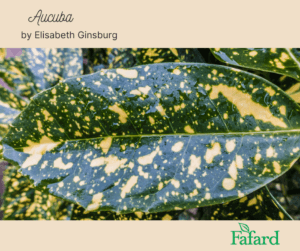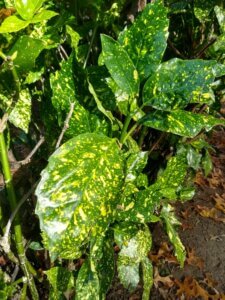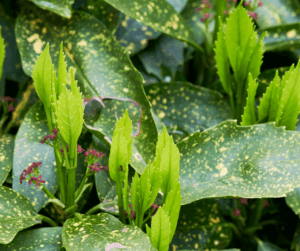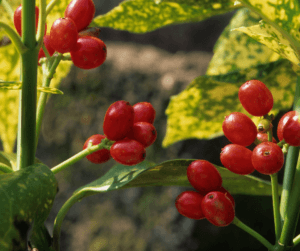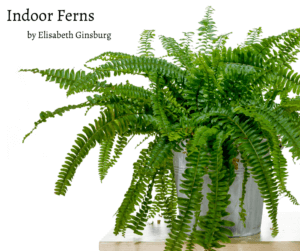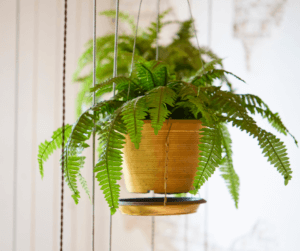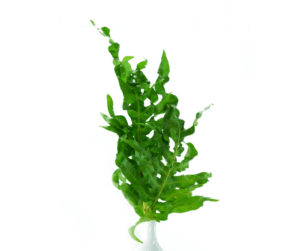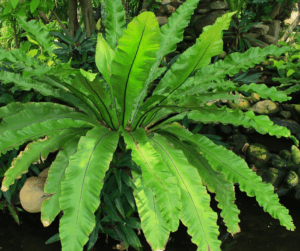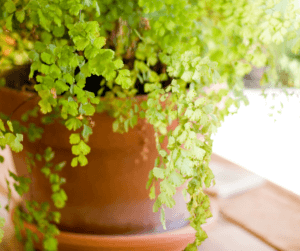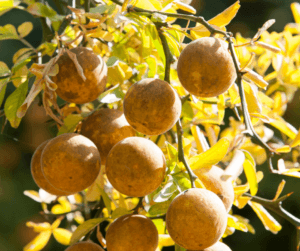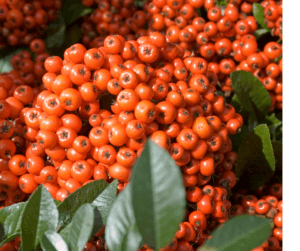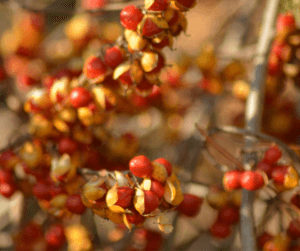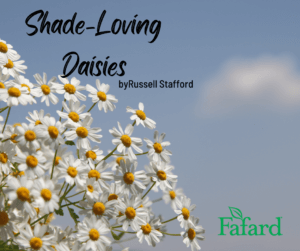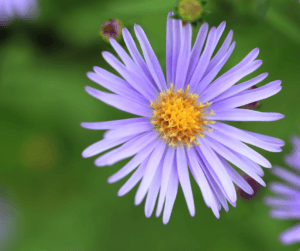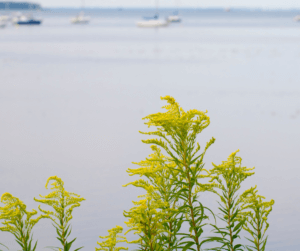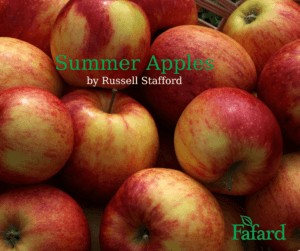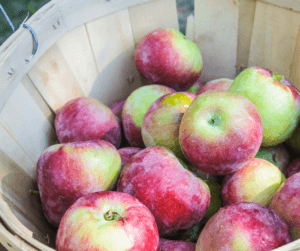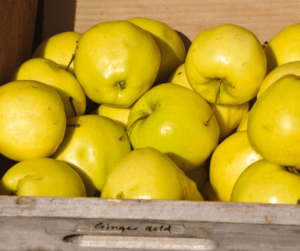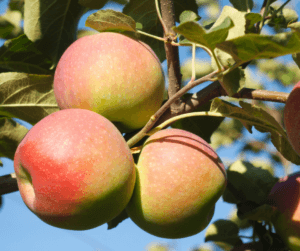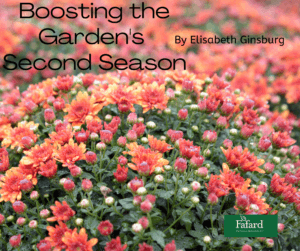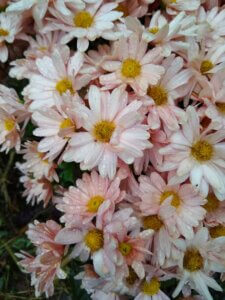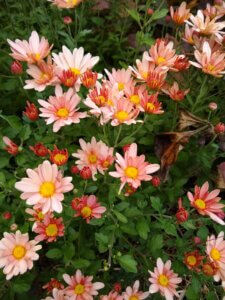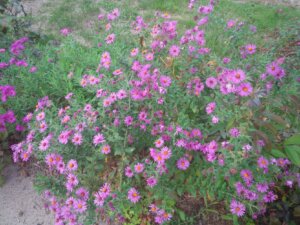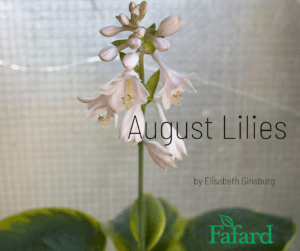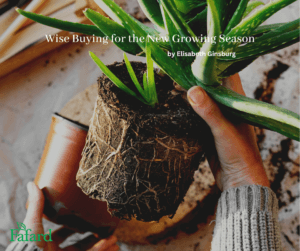
Start Your Plant Orders: Wise Buying for the New Growing Season
The holidays are over and the new gardening season has begun. Non-gardeners may ask, “How can anyone grow anything when much of the country is experiencing combinations of extreme weather, frozen ground, and relatively few hours of daylight?”
Gardeners know the answer. The gardening season has begun because the new plant catalogs—online and on paper—are arriving in email and regular mailboxes now. The avalanche of enticing pictures and hyperbolic text began before the end of December and will only gain in intensity over the next few months. Merchandisers have designed those mailings to encourage the kind of unbridled plant lust that can only be slaked by large orders.
So how does the average person, with average-size resources and an awareness of the current rate of inflation, achieve an outcome that satisfies some of that plant lust, but tempers it with a good dose of sanity? By making a process out of spring buying and planting decisions, rather than trying to do everything at once.
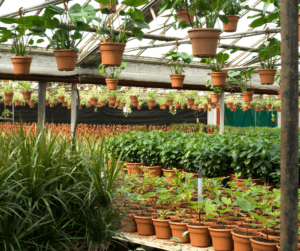
Step One: Dream Big
This step usually happens when the last of the holiday decorations are safely stowed and you are eager to browse favorite vendors’ websites and catalogs. Go through them all and mark off or list every plant that catches your fancy regardless of size, climate zone hardiness or cost. Dreaming big is as necessary during the depths of winter as adequate heating and a good snow shovel. The final list may be a little scary when you realize that you have fallen in love with at least 75 different plants, and that love affair will cost you more than you have budgeted for the entire growing season. Never fear, this is only the first part of the process.
Step Two: Remember Last Year
No matter what the growing season was like in your part of the world last year, you’re had your share of successes and failures. If you are an organized gardener, you recorded them or at least made mental notes. Now is the time to think about what worked and what didn’t, where the “holes” are in your home landscape, and how you want the entire garden to look in this coming year. It helps to walk around your garden when you do this, even if all you can see is a few dead stalks popping up through the snow. Write it all down, along with any plant choices that you recorded or remember from last year.
If you are an efficient and organized person, you have probably made a detailed plan of your garden and tweaked that plan as necessary. If that is the case, this step will take no time at all.
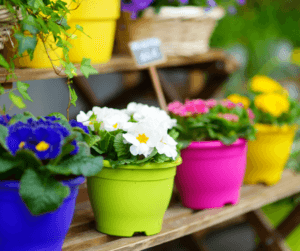
Step Three: Winnow Your Choices
This is when you have to get real. First, take your “dream list” and cross off plants that are not hardy in your climate hardiness zone, unless you able to grow them in pots and overwinter them indoors. If you really like the sizes, shapes or colors of those tender plants, look for species in the same genus or plant family that are hardy in your area. For example, if you are in love with tropical hibiscus, look into mallow family members like roses of Sharon or hollyhocks, both of which are hardy and bear similar flowers.
Second, think about the available space. If you have a new garden, it pays not to cram it with plants in the first year. Look around your neighborhood and see what thrives under the climate conditions in your area. Start with some of those same plants. If you are working with an established garden or container array, consider the holes in the planting scheme and how you want to fill them. Give some thought to replacing struggling specimens. If you are considering expanding your garden, figure out the number and types of plants that will fill the space comfortably, considering the mature sizes of your top choices.
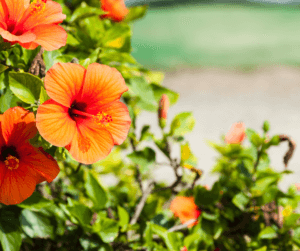
Step Four: Make Your Orders
If your newly-winnowed list is still too expensive, cross off any plant that you don’t love or absolutely need. Alternately, if some of the plants that you are considering are new introductions, look for older varieties in the same size and color range. They are almost invariably cheaper. This is especially true in the case of popular plants like daylilies and hostas, where scores of readily available varieties are available at any one time, and new introductions happen every year. Also look for discounts, especially early bird discounts. Merchants like to clear inventory and anticipate revenue as early as possible, even though that inventory won’t be delivered for weeks or months. In January and February consumers can reap the greatest savings by knowing what they want and ordering promptly.

With a little planning and strategic thinking, you can start the new gardening season both wisely and well. Saving dollars now will also leave a little room in the garden budget for the purchases you will make when the local garden centers open in the spring.

